How to Make a Daily Newborn Routine: A Practical Guide for New Parents
The first weeks with your newborn can feel like a beautiful whirlwind of feeding, sleeping, and endless diaper changes. While every baby is unique, establishing a gentle routine around 2-3 weeks postpartum can transform those chaotic early days into something more manageable and peaceful. This isn't about rigid schedules or forcing your baby into an unnatural pattern—it's about creating rhythm and predictability that benefits both you and your little one. By understanding wake windows, implementing the feed-play-sleep cycle, and utilizing natural light exposure, you'll help your baby distinguish day from night while building the foundation for healthy sleep habits that will serve your family for months to come.
When to Start a Newborn Routine
We recommend initiating a gentle routine as early as 2–3 weeks postpartum, once your baby has regained their birth weight and is feeding regularly. The goal in these early weeks is not to enforce a rigid schedule, but to introduce rhythm, balance, and cues that help your baby begin to distinguish between day and night while providing you with structure and stability.
Ideal Newborn Wake Windows by Age
Understanding “wake windows” is fundamental. These are the optimal lengths of time your baby can stay awake before needing sleep. Staying within these windows helps avoid both overtiredness and undertiredness, which can wreak havoc on sleep quality.
Monitor your baby’s sleep cues—yawning, red eyebrows, glazed eyes, or sudden fussiness—then use these windows as a framework for nap timing.
Sample Daily Newborn Routine (6 Weeks and Up)
Here’s an adaptable sample schedule tailored for a 6–10 week-old newborn:
| Time | Activity |
|---|---|
| 7:00 AM | Wake, feed (breast or bottle) |
| 7:45 AM | Gentle play, tummy time |
| 8:30 AM | Nap 1 |
| 10:00 AM | Feed |
| 10:45 AM | Walk outside |
| 11:30 AM | Nap 2 |
| 1:00 PM | Feed |
| 1:45 PM | Diaper-free time, sing or read |
| 2:30 PM | Nap 3 |
| 4:00 PM | Feed |
| 4:45 PM | Evening wind-down, low light |
| 5:30 PM | Short catnap |
| 6:30 PM | Feed |
| 7:00 PM | Bath, story, lullaby |
| 7:30 PM | Bedtime |
| 1–2x Overnight | Responsive night feeds |
This framework is flexible. Your baby’s needs come first—but consistency builds rhythm.
Feed-Play-Sleep: A Foundational Cycle
The Feed-Play-Sleep method helps babies avoid a feeding-to-sleep association, which can become problematic later. It also encourages full, efficient feedings. Here's how to apply this cycle:
- Feed: Upon waking, not before sleep.
- Play: Age-appropriate stimulation (singing, tummy time, cuddles).
- Sleep: Put down drowsy but awake to foster independent sleep skills.
Over time, babies learn that sleep follows play, not nursing or bottles, which sets them up for healthier long-term sleep habits.
Daylight & Outdoor Exposure for Circadian Development
Babies don’t produce melatonin or regulate circadian rhythms until 9–11 weeks. Exposure to indirect daylight and fresh air each day significantly accelerates this natural development. Studies show that infants who spend twice as much time outside during the day sleep significantly better at night.
Aim for:
- 15–30 minutes outdoors daily (morning and late afternoon)
- Open blinds and curtains during daytime
- Dim lighting and quiet spaces 1 hour before bed
This contrast helps cue their biological clock.
Bedtime and Naptime Routines for Predictability
Start with short, calming routines that cue transitions. Routines reduce anxiety, improve sleep onset, and create security.
Sample Naptime Routine (5–10 mins):
- Diaper change
- White noise on
- Sing a lullaby
- Rock briefly or sway
- Place baby in sleep space drowsy but awake
Sample Bedtime Routine (20–30 mins):
- Warm bath
- Infant massage
- Dim lights, soft lullabies
- Pajamas and swaddle/sleep sack
- Final feed
- Burp, cuddle, and lay down in crib
Bedtime should start to shift earlier by 6–8 weeks, ideally falling between 7:00–8:00 PM.
The Power of a Consistent Morning Wake Time
Begin each day at the same time (±15 mins)—ideally between 6:30–7:30 AM—even if the night was disrupted. This anchors the entire routine and regulates daytime sleep cycles and feed intervals.
Feed your baby within 10–15 minutes of waking to jump-start their metabolism and align hunger cues for the day.
Flexibility Within Consistency
While routines offer structure, babies are human—not robots. Teething, growth spurts, and developmental leaps will cause occasional disruptions. Follow these principles:
- Use routines as a guide, not a rigid rulebook.
- Prioritize responsiveness over schedule adherence.
- Adjust wake windows as your baby grows.
- Trust your instincts, not just the clock.
Final Thoughts
Creating a stable newborn routine doesn’t mean micromanaging every moment—it means giving your baby the security of predictability while supporting their natural rhythms. With consistency, observation, and gentle guidance, your newborn will begin to thrive within a flow that works for your family.
When parents feel empowered with a rhythm that suits their baby’s needs, the fog of newborn chaos begins to lift—and both baby and caregiver rest easier.
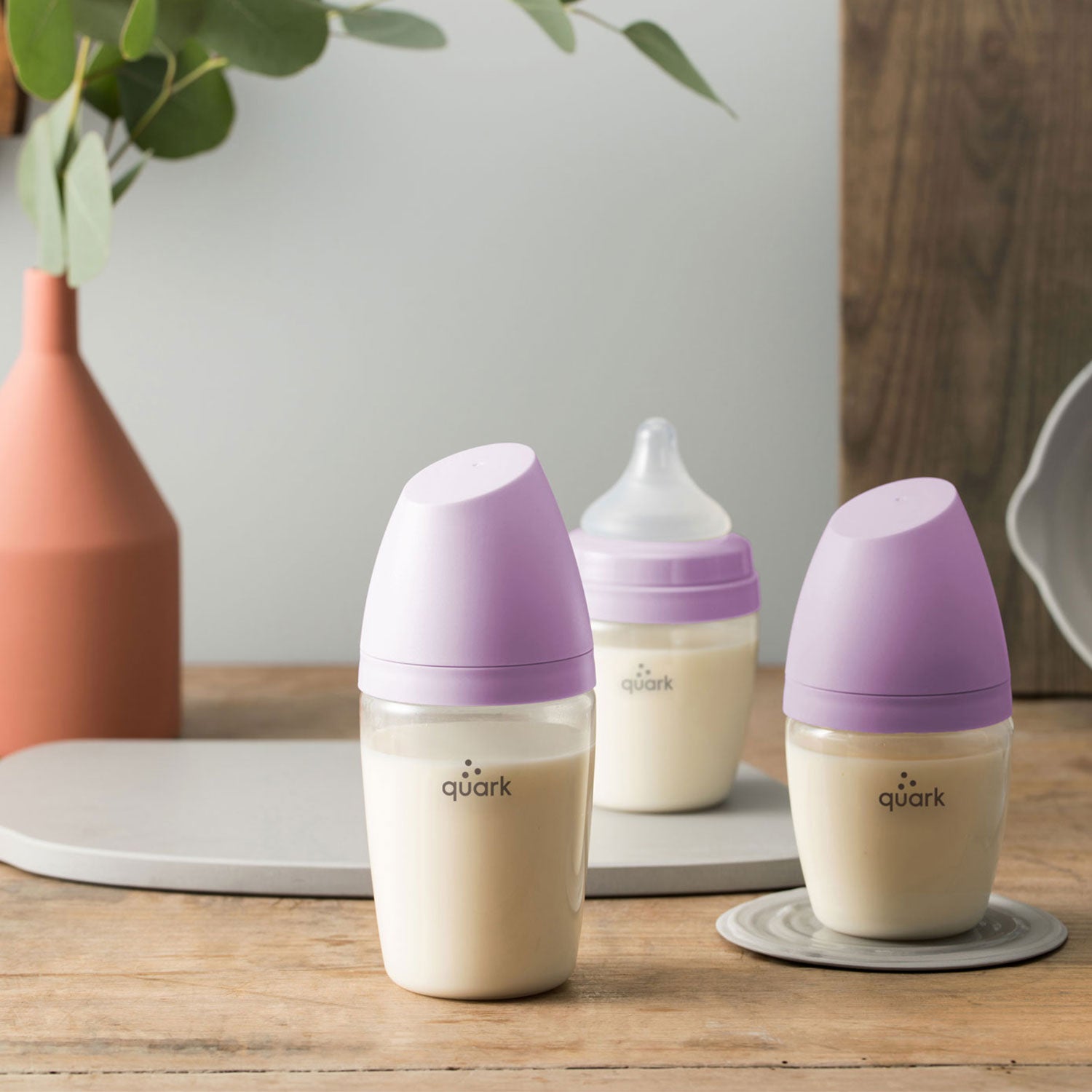






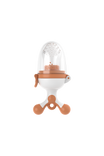



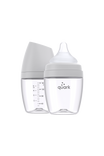
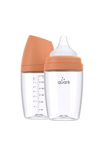
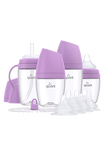

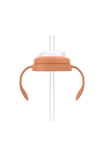






Leave a comment
All comments are moderated before being published.
This site is protected by hCaptcha and the hCaptcha Privacy Policy and Terms of Service apply.